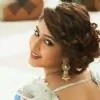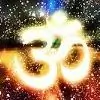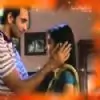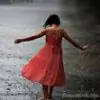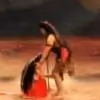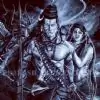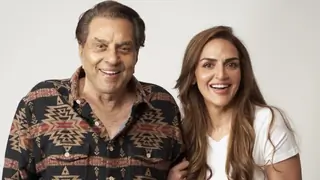The main source of Mudra are Gherandya Samhita and Hathyoga Pradipika. Gherandya Samhita is written by Sage Gherandya and Hathyoga Pradipika is written by Swami Pt. Swatmaram from Nath Tradition.
Basic mudra: Chin Mudra
Basic mudra: Chinmaya Mudra
Thumb and forefinger are the same as Chin Mudra. The rest of the fingers are folded into a fist. The non-folded part of the forefinger and the middle finger should still be touching. Like in Chin Mudra, the hands are placed palms-down on the thighs while sitting in Vajrasana. This mudra activates the ribs, making them expand sideways on inhalation. Slow rhythmic breathing in a 5-2-4-2 rhythm (5 being the exhalation, and 4 is the inhalation) makes prana flow in the torso and in the throat.
Basic mudra: Adi Mudra
Thumb is folded into the palm, touching the base of the small finger. The rest of the fingers are folded over the thumb, to create a fist. Like in Chin Mudra, the hands are placed palms-down on the thighs while sitting in Vajrasana. This mudra activates the pectoral muscles, making the chest expand forward on inhalation. Slow rhythmic breathing in a 5-2-4-2 rhythm (5 being the exhalation, and 4 is the inhalation) makes prana flow in the throat and in the head.
Basic compact mudra: Brahma Mudra
Palms are in Adi Mudra, but the inside of the palms face upwards and are located at the level of the navel, with the left and right knuckles and first finger joints touching. This is done while sitting in Vajrasana. Breathing becomes full: in inhalation, the diaphragm descends, the ribs then expand, and then the pectoral muscles move forward. Exhalation works in the same order, which creates a "wave" or ripple effect. Slow rhythmic breathing in a 5-2-4-2 rhythm (5 being the exhalation, and 4 is the inhalation) makes prana flow in the entire body.
Advanced compact mudra: Prana Mudra
A complicated Mudra combining hand gestures, synchronized movement from gesture to gesture within the breath cycle, and meditation. The mudra is practiced sitting in Siddhasana. Even a single breath cycle of this Mudra can significantly stimulate the body.







